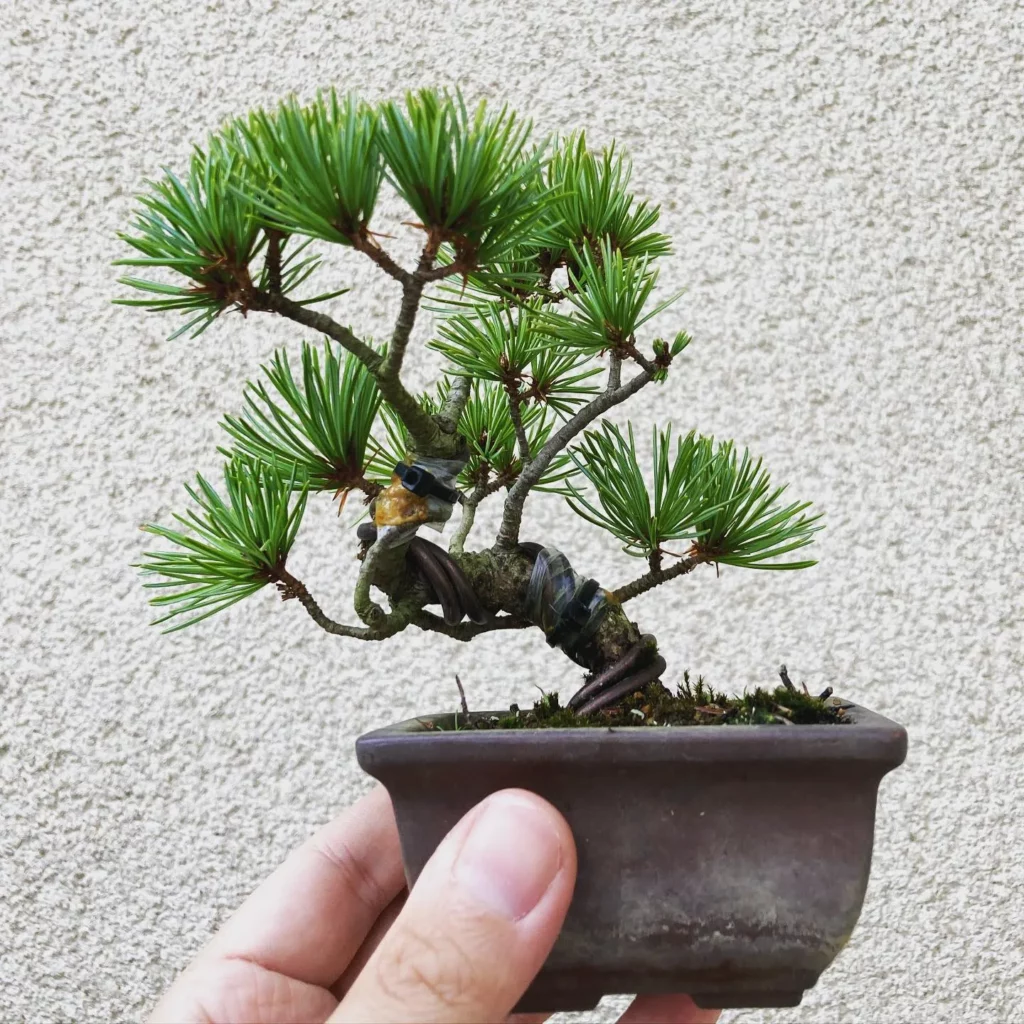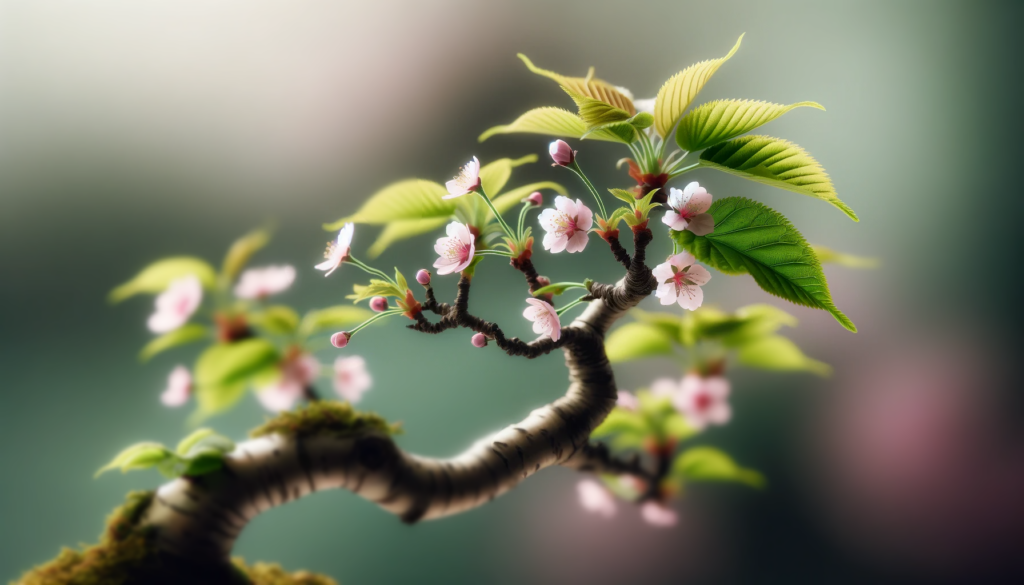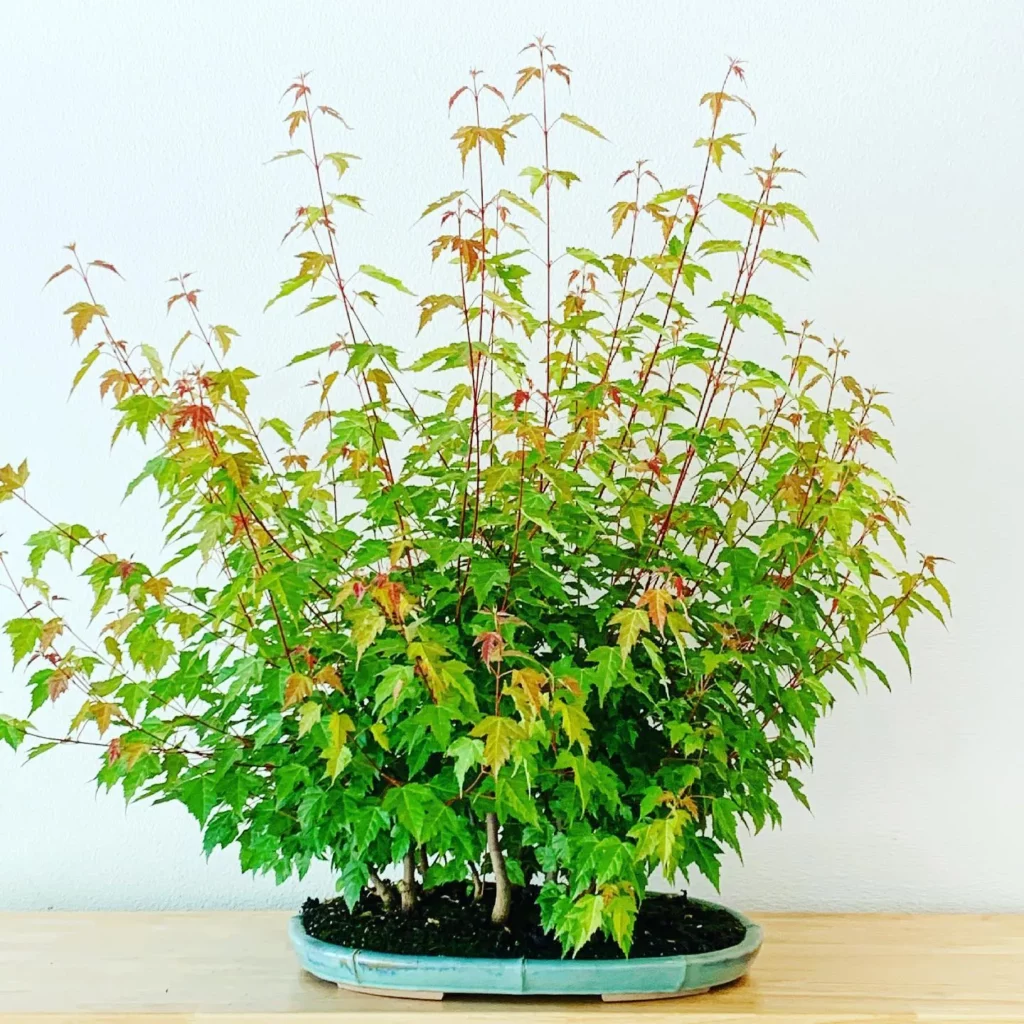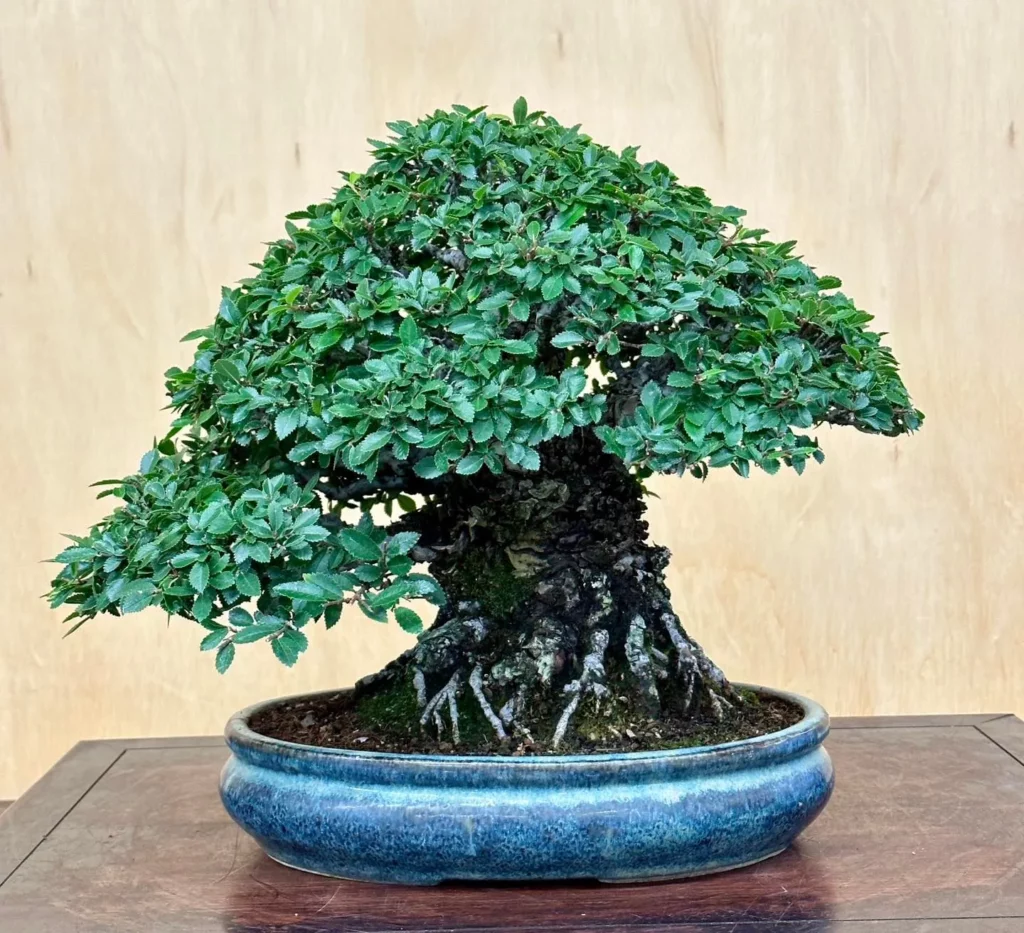Welcome to our guide on dealing with snail pests in your bonsai collection. As a plant enthusiast, you understand the beauty and tranquility that bonsai trees bring to your home or garden. However, these miniature masterpieces can fall victim to plant pests, and snails are among the culprits that can cause damage to your cherished collection.
In this article, we will explore the world of plant pests, focusing specifically on snails and their impact on bonsai trees. We’ll delve into the common snail species found in gardens and farms, the damage they can inflict on your bonsai trees, and most importantly, we’ll equip you with effective strategies to manage snail populations and protect your bonsai collection.
So, if you’ve noticed telltale signs of snail activity, such as holes in leaves or slime trails on your bonsai trees, fear not! By the end of this article, you’ll be armed with the knowledge and tactics you need to tackle snail pests head-on and ensure the health and longevity of your beautiful bonsai collection.
The Importance of Plants in Our Lives

Plants are essential for your well-being and the ecosystem, playing a crucial role in providing oxygen, food, medicine, and aesthetic pleasure.
Oxygen
Plants are the primary producers of oxygen through the process of photosynthesis. They absorb carbon dioxide and release oxygen that you and other living organisms need to breathe. Without plants, the air we breathe would lack the vital oxygen necessary for our survival.
Food
Plants are the source of the food we consume. Fruits, vegetables, grains, and legumes are all derived from plants and provide essential nutrients for a healthy diet. Whether you’re enjoying a crisp apple or savoring a hearty salad, plants nourish your body and sustain your energy.
Medicine
Many life-saving medications are derived from plants. Ancient civilizations recognized the medicinal properties of plants and used them for healing purposes. Even today, modern medicine continues to harness the power of plants to develop drugs and treatments for various diseases and conditions.
Aesthetic Pleasure
Plants contribute to the beauty of our surroundings, with their vibrant colors, shapes, and textures. Whether it’s a blooming flower garden, a lush forest, or a well-maintained city park, the aesthetic pleasure we derive from plants enhances our quality of life and provides a sense of tranquility and serenity.
Furthermore, plants create habitats for a diverse range of wildlife, supporting biodiversity and ecological balance. Birds, insects, and small mammals rely on plants for shelter, food, and reproduction.
The Threat of Plant Pests to Our Gardens and Crops
Despite their importance, plants face challenges from various pests that can cause significant economic losses. Insects, mites, nematodes, fungi, and snails are common plant pests that can reduce productivity and lead to crop loss.
Insects:
Insects, such as aphids, beetles, and caterpillars, can damage plants by feeding on leaves, flowers, and fruits. They can transmit viruses and weaken plants, making them more susceptible to diseases. Insect infestations can result in reduced crop yield and quality, leading to economic losses for gardeners and farmers.
Mites:
Mites are tiny arachnids that can cause significant damage to plants by puncturing plant cells and sucking out their contents. Spider mites, for example, can infest a wide range of crops and ornamental plants, causing leaf yellowing, stunted growth, and even plant death. Effective mite control measures are crucial to prevent crop losses.
Nematodes:
Nematodes are microscopic roundworms that can parasitize plant roots and suppress their growth. They can cause root galling, root lesions, and overall poor plant development. Plant-parasitic nematodes can result in significant yield losses in crops such as potatoes, tomatoes, and carrots.
Fungi:
Fungi are plant pathogens that can cause diseases like powdery mildew, rust, and blight. These diseases can affect various plant parts, including leaves, stems, and fruits, leading to reduced crop quality and quantity. Fungi can spread rapidly in moist environments, making effective fungal disease management essential.
Snails:
Snails, while commonly associated with gardens, can also be detrimental to crop production. They feed on leaves, stems, and fruits, leaving behind unsightly damage and compromising the marketability of crops. Snails can reproduce quickly and infestations can cause significant economic losses if left uncontrolled.
Additionally, plant pests can pose risks to human health. Some pests, such as certain insects and nematodes, can transmit diseases to humans through crops. This further emphasizes the importance of implementing effective pest management strategies.
Overview of Snails as Plant Pests
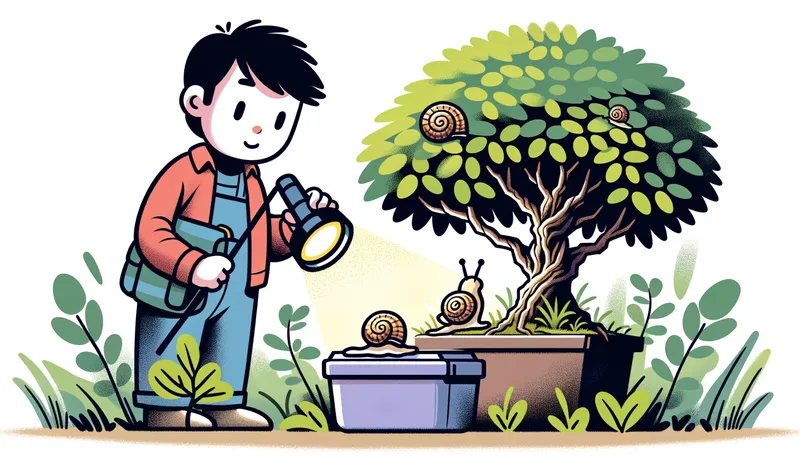
Snails are a common plant pest found in gardens and crops worldwide. These slimy creatures can cause significant damage to plants by feeding on leaves, flowers, and stems. Their voracious appetite can lead to unsightly foliage and reduced plant health.
One of the challenges in dealing with snails is their nocturnal activity. They are most active during the night, making them difficult to detect and manage during the day. This allows them to quickly reproduce and multiply, posing a threat to the overall health of your garden or crop.
That’s why it’s important to have effective strategies in place for monitoring and managing snail populations. By implementing the right techniques, you can minimize snail damage and protect your plants.
Snail Management Strategies
- Regular inspection: Take the time to inspect your plants regularly, especially during the early morning or evening when snails are more active. Look for telltale signs, such as slime trails or ragged edges on leaves.
- Handpicking: For smaller infestations, manually removing snails can be an effective approach. Simply pick them off your plants and dispose of them in a location away from your garden or crop.
- Barriers: Creating physical barriers can help prevent snails from reaching your plants. Consider using copper tape or crushed eggshells around the base of susceptible plants to deter snails from crawling up.
- Natural predators: Introducing natural predators, such as ducks or chickens, can help keep snail populations under control. These animals will eat the snails, reducing their numbers without the need for chemicals.
Identification of Snails Commonly Found in Gardens and Farms
The presence of snails in gardens and farms is a common occurrence. These mollusks can cause damage to plants and crops if left unchecked. Let’s take a closer look at some of the snail species you may come across:
- Brown Garden Snail: The brown garden snail (Helix aspera) is a familiar sight in many gardens. It has a light brown shell with dark stripes or spots, blending in well with its surroundings.
- Banded Wood Snail: The banded wood snail (Cepaea nemoralis) sports a uniquely-patterned shell with alternating bands of yellow or white and brown. Its vibrant colors can make it stand out against the foliage.
- Giant African Land Snail: As the name suggests, the giant African land snail (Achatina fulica) is one of the largest terrestrial gastropods. Its brown shell features distinctive vertical stripes.
Damage Caused by Snails to Plants
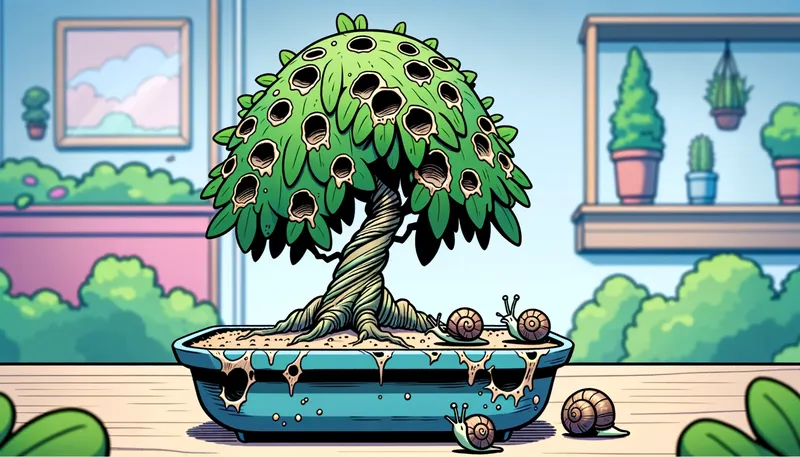
Snails can cause extensive damage to plants, affecting their overall health and productivity. Here are some common ways in which snails can harm your plants:
- Holes in Leaves: Snails have a voracious appetite and tend to feed on the leaves of plants. As they munch on the foliage, they create irregularly shaped holes, making the leaves unattractive and weakening the plant’s ability to photosynthesize effectively.
- Damage to Stems and Flowers: Snails are not limited to leaves; they also target stems and flowers. Their constant feeding can lead to distorted growth, stunted development, and even the destruction of delicate blossoms. This can drastically impact the aesthetics and overall vitality of your plants.
- Impact on Fruits: Fruiting plants are particularly vulnerable to snail damage. Snails may feed on young fruits, leaving behind unsightly scars and rendering them unfit for consumption or sale. These damaged fruits can also become susceptible to infections and rot.
- Slime Trails: A telltale sign of snail presence is the distinctive slime trails they leave behind. These trails not only create an unsightly mess but also pose a risk to the health of your plants. The slime trails provide an ideal environment for fungi to thrive, increasing the likelihood of plant diseases.
- Decrease in Plant Yield: An infestation of snails can have a significant impact on plant yield. The damage caused by snails can reduce the plant’s ability to produce flowers, fruits, or viable seeds. This, in turn, can lead to decreased crop productivity and financial losses for gardeners and farmers alike.
Factors that Contribute to Snail Infestations
Snail infestations in gardens and farms can be influenced by several key factors. Understanding these factors can help you take proactive measures to prevent and manage snail populations effectively.
Moisture
No products found.
Snails thrive in moist environments, making areas with high humidity or frequent rainfall more susceptible to infestations. Excess moisture creates an ideal breeding ground for snails, allowing them to reproduce rapidly and establish larger populations.
Food Availability
Snails are attracted to areas with abundant food sources, which can increase the likelihood of infestations in gardens or farms. A diverse range of plants provides snails with a variety of choices for feeding, making these areas more vulnerable to snail damage.
Shelter
During the day, snails seek shelter to protect themselves from predators and unfavorable conditions. Gardens or farms with thick vegetation, such as dense foliage or overgrown plants, provide hiding spots for snails. Additionally, debris piles and garden structures can offer suitable shelter for snails, enabling them to thrive and multiply.
Natural Methods for Controlling Snail Populations
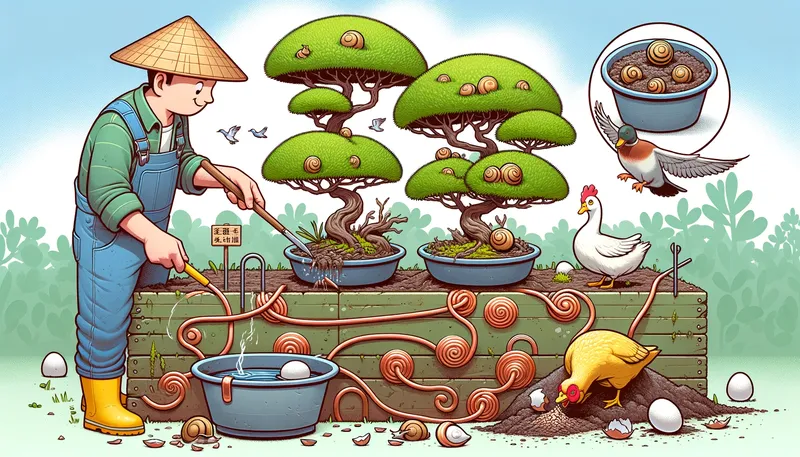
When it comes to managing snail populations in your gardens or farms, there are effective natural methods that you can employ. These methods not only help control snail numbers but also promote a safer and more environmentally friendly approach to pest management. Here are some natural strategies you can consider:
- Using barriers: A simple yet effective technique is to create physical barriers that snails cannot cross. Copper tape or crushed eggshells can be placed around the plants to prevent snails from reaching them and causing damage.
- Introducing predators: Consider inviting nature’s helpers into your garden by introducing predators that feed on snails. Ducks, chickens, and some species of birds love to snack on snails, helping to naturally reduce their population.
- Handpicking: While it may be a bit time-consuming, manually removing snails from your plants can be an effective solution for small infestations. Simply pick them off by hand and relocate them away from your garden.
- Creating unfavorable environments: Snails thrive in moist and shady areas, so by making your garden less attractive to them, you can deter their presence. Ensure that your soil is dry, and remove any debris or hiding spots to discourage snails from inhabiting your garden.
Chemical Methods for Controlling Snail Populations
If you’re dealing with a severe snail infestation in your garden or farm, chemical methods can offer effective control. However, it is important to proceed with caution and consider the potential risks and environmental impact before using these methods.
Baits are a commonly used chemical method for snail population control. Baits containing iron phosphate or metaldehyde can attract snails and effectively kill them. These baits are available in pellet or granular form and can be applied around the affected areas. It is crucial to follow the instructions provided by the manufacturer and keep baits out of reach of children and pets.
Another chemical approach is the use of molluscicides, such as copper sulfate. Molluscicides work by targeting the snails’ nervous systems, disrupting their normal functions and leading to their demise. However, it is important to note that these chemicals can be toxic to other organisms as well. Therefore, it is crucial to use them only as directed and take necessary precautions to minimize their impact on the environment.
Before opting for chemical methods, carefully consider the potential benefits and risks. It is advisable to explore natural alternatives first, as they are generally safer for the environment and other beneficial organisms. If you decide to use chemical methods, be sure to read and follow the instructions provided by the product manufacturer. By doing so, you can effectively control the snail population while minimizing potential harm.
After this check out our other articles on:
FAQ
Why are plants important in our lives?
Plants play a vital role in providing oxygen, food, and medicine. They also enhance our environment with their aesthetic beauty and provide habitats for wildlife.
What are the common plant pests?
Common plant pests include insects, mites, nematodes, fungi, and snails. These pests can reduce productivity and lead to crop loss.
What damage can snails cause to plants?
Snails can feed on leaves, stems, flowers, and fruits, causing irregularly shaped holes and making them unsuitable for consumption or sale. Snails also leave behind slime trails that can promote fungal growth and lead to plant diseases.
What factors contribute to snail infestations?
Snails thrive in moist environments and are attracted to areas with abundant food sources. They also require shelter during the day, making areas with thick vegetation or debris piles more vulnerable to infestations.
What are some natural methods for controlling snail populations?
Natural methods include using barriers like copper tape or eggshells, introducing predators like ducks or chickens, handpicking snails manually, and creating unfavorable environments by ensuring dry soil and removing debris.
What chemical methods can be used for controlling snail populations?
Chemical methods include using baits containing iron phosphate or metaldehyde to attract and kill snails, and molluscicides like copper sulfate that disrupt snails’ nervous systems. However, these methods should be used with caution due to their potential negative environmental impacts.

